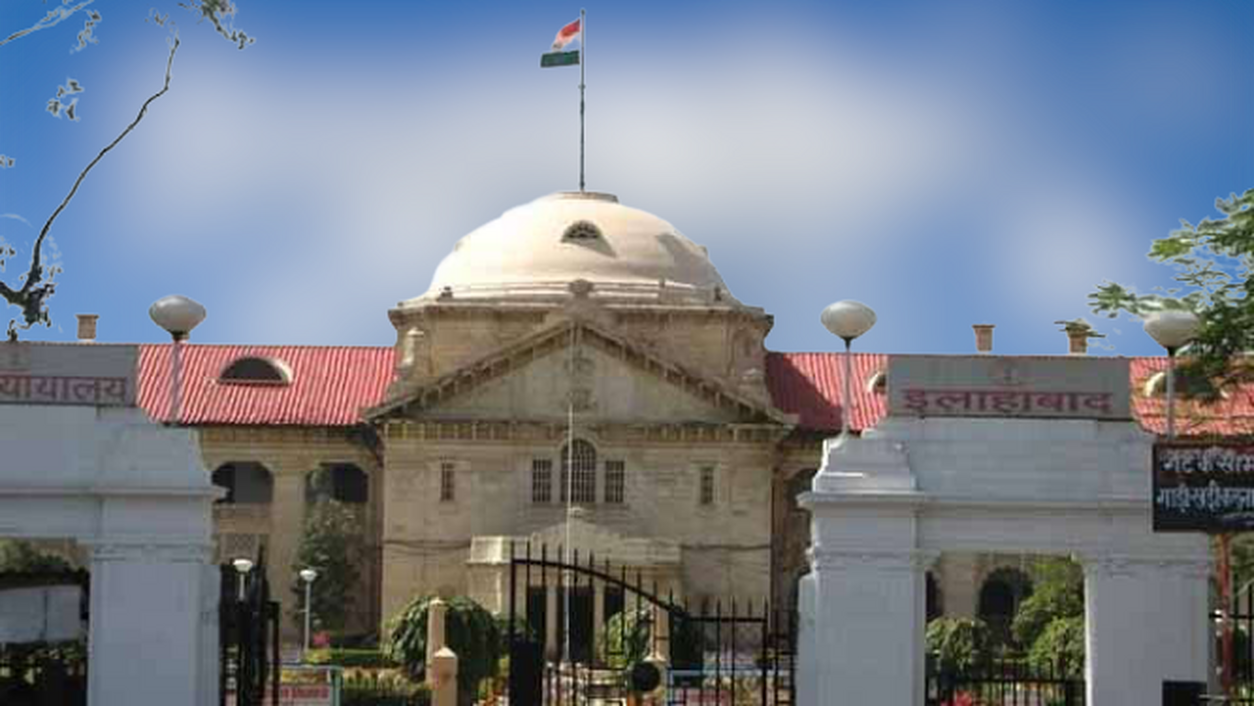Sabka Vishwas (Legacy Dispute Resolution) Scheme, 2019, is piece of reform legislation and it commends purposive construction: Allahabad HC

Read Judgment: MAGMA INDUSTRIES vs. DESIGNATED COMMITTEE OFFICE OF COMMISSIONER CENTRAL GOODS AND SERVICE TAX
Pankaj Bajpai
Prayagraj, September 27, 2021: The Allahabad High Court has observed that Sabka Vishwas Legacy Dispute Resolution Scheme (SLVDRS), 2019 is a piece of reform legislation and it commends a purposive construction.
A Division Bench of Justice Naheed Ara Moonis & Justice Saumitra Dayal Singh opined that u/s 125(1)(e) of the Scheme, a person who may have been subjected to an enquiry or investigation, would be ineligible to make a declaration, if the amount of duty involved in that investigation had not been ‘quantified’ on or before June 30, 2019.
Going by the background of the case, the Petitioner challenged the Order passed by the Designated Committee rejecting the declaration filed by the petitioner under the SVLDRS scheme seeking settlement of dispute.
The Petitioner had in their declaration filed SVLDRS-1 disclosing the amount of disputed duty payable under the CGST Act at Rs.47,56,751/- and the Estimate Amount Payable (EAP) at Rs.14,27,025.30.
The disputed duty payable/’tax dues’ disclosed was the sum of the alleged short-paid duty as per the ‘Panchnama’ document and the evaded duty as per the statement of Dinesh Garg. The Designated Committee however rejected the petitioner’s declaration by an order, observing that the tax liability was finally quantified in Show Cause Notice for demand of Central Excise duty amounting to Rs.47,56,751/- and to appropriate an amount of Rs. 2,18,516/- already deposited by the party.
It was however contended that no such communication of final Tax liability was made by the department in the instant case on or before June 30, 2019.
The Division Bench observed that there is no doubt that the ‘Panchnama’ document prepared by the Central Excise authorities, in writing, clearly mentioned the amount Rs.2,18,516/- as the amount of duty short paid by the petitioner.
Again, there can be no doubt that a director of the petitioner-company Dinesh Garg, in his statement recorded, in writing, further admitted duty avoidance by the petitioner, to the tune of Rs.45,38,231/- and thus the total of these two admissions is Rs.47,56,751/-, added the Bench.
The High Court said that Section 121(r) does not, in any manner suggest and it, therefore, does not seek to limit the meaning of the phrase ‘written communication’ to be one written and issued by any Central Excise authority, and plainly, it refers to an amount of duty under any indirect tax enactment, reduced to writing.
Once the amount of Rs.45,38,231/- was thus reduced to writing before the Central Excise authority in an “enquiry or investigation” as defined u/s 121(m) of the Scheme and the petitioner did not dispute the same, the requirement of Section 121(r) read with Section 125(1)(e) read with 123(c) stood fulfilled, added the Court.
Thus, opining that the Circular 1071/4/2019-CX.8 dated August 27, 2019 would bind the Revenue authorities ranked lower to the CBIC, insofar as it is beneficial to the petitioner, the High Court held that the Revenue Authorities, subordinate to the CBIC, cannot resist or protest or deviate from the interpretation of the Scheme made by the CBIC.
Once the CBIC clarified and thus enlarged the meaning of the word ‘quantified’ to give effect to the purpose of Section 123(c) r/w/s 125(1)(e) and Section 121(1)(r) of the Scheme clearly to extend the benefit of the Scheme to more persons, there is neither any wisdom nor legal basis to curtail the same, contrary to the express intent of the CBIC, reiterated the Bench.
The High Court therefore concluded that the object of the Scheme is only to resolve all legacy disputes and focus all energies of the revenue authorities as also the assessees at the (then) imminent enforcement of the new GST regime.
Sign up for our weekly newsletter to stay up to date on our product, events featured blog, special offer and all of the exciting things that take place here at Legitquest.




Add a Comment